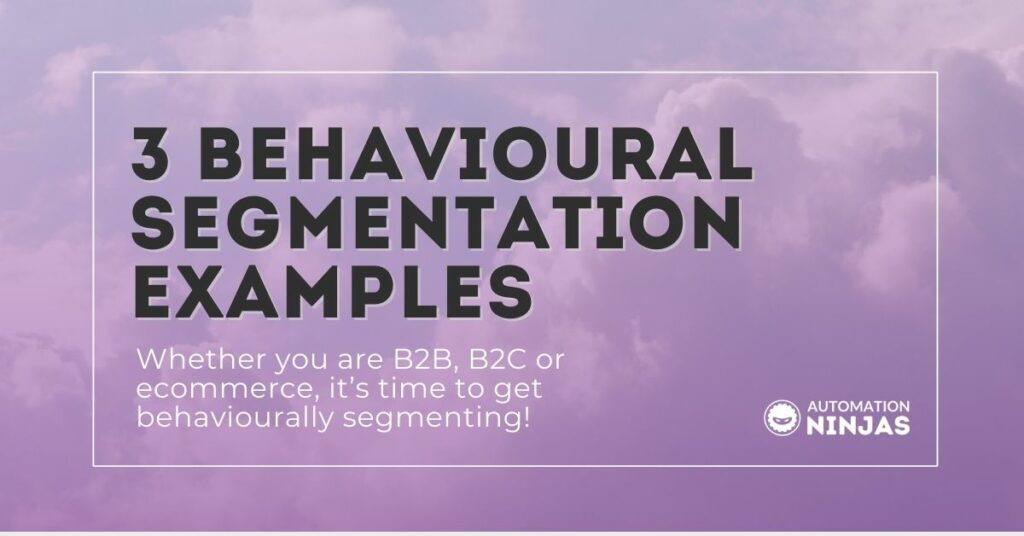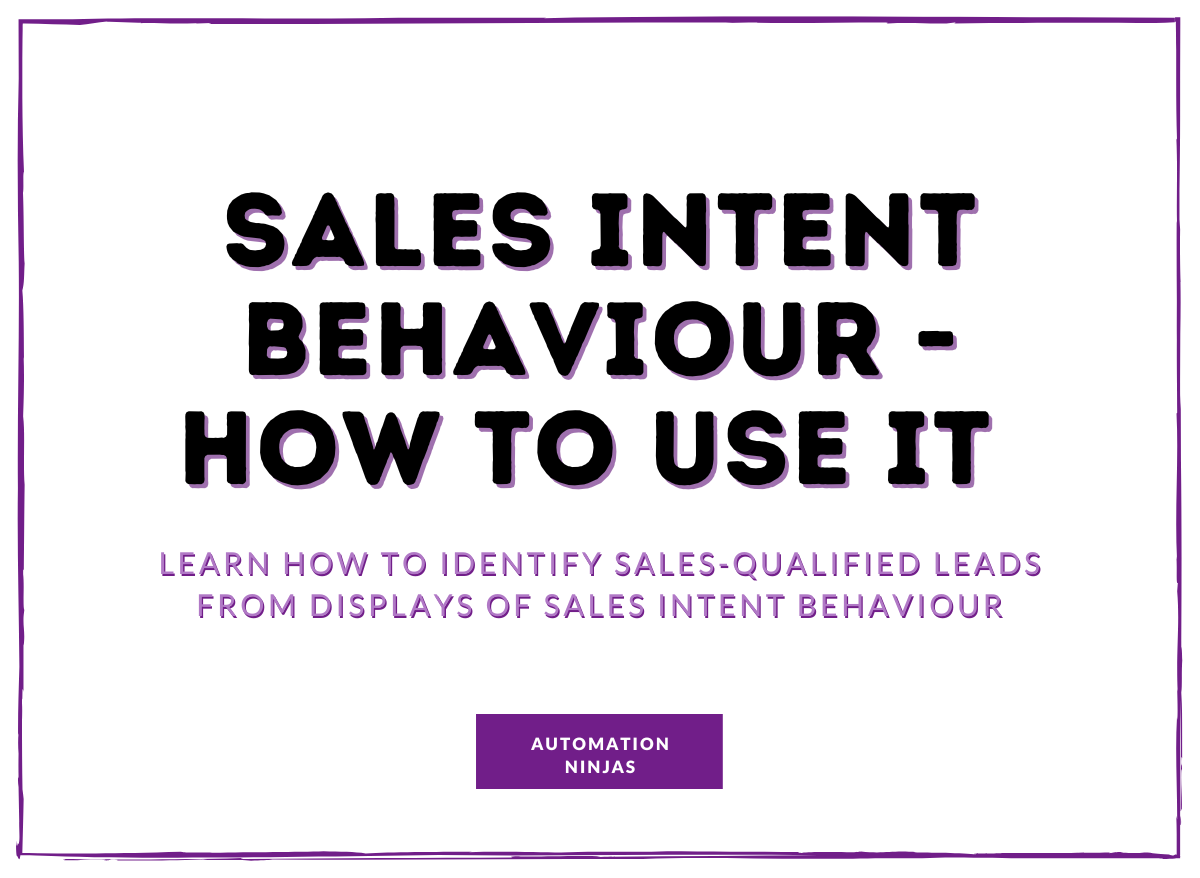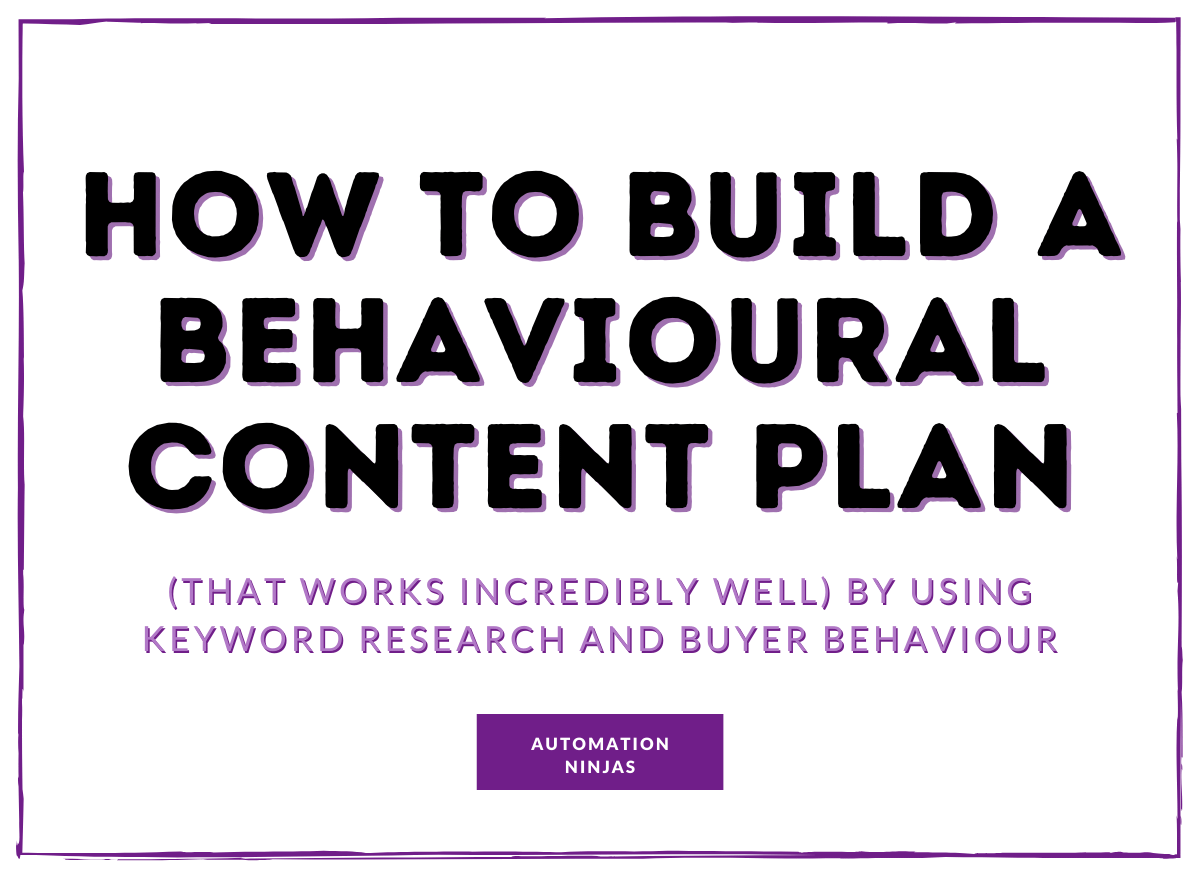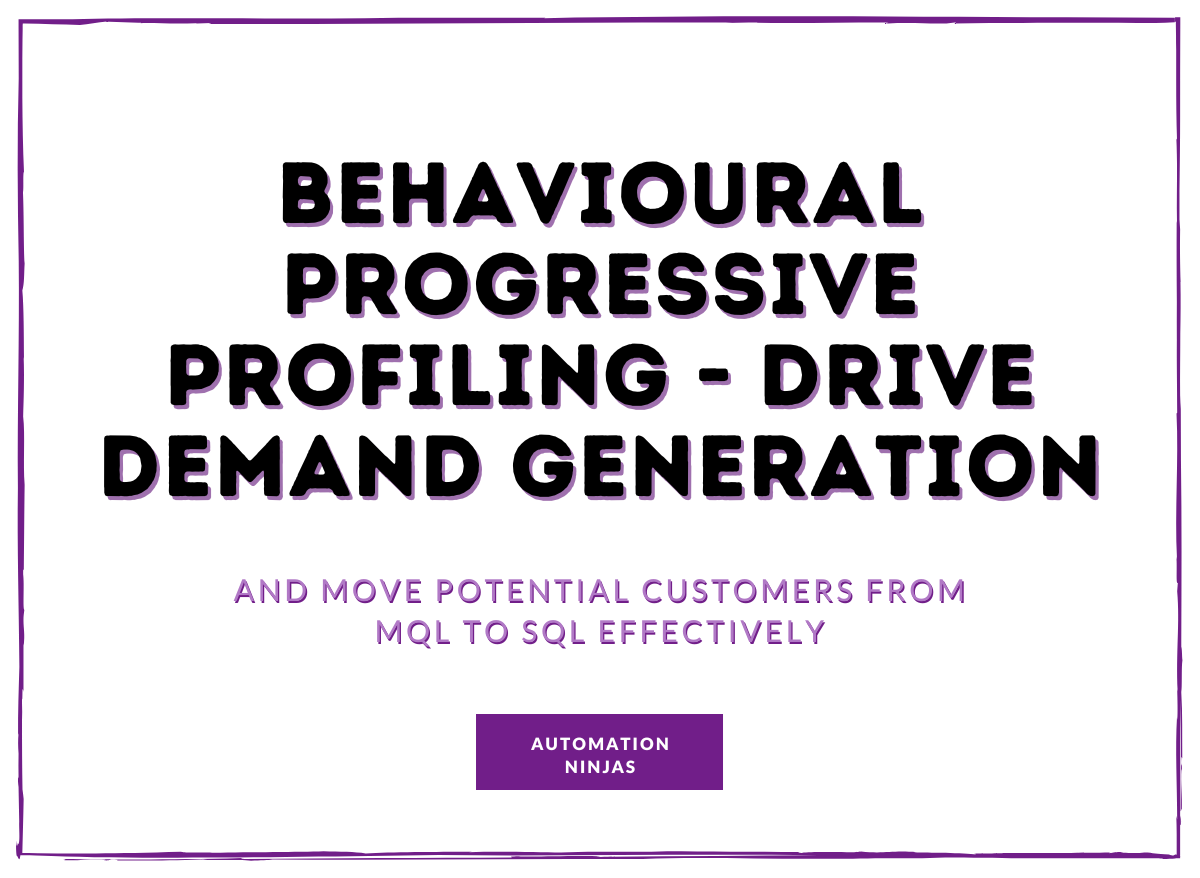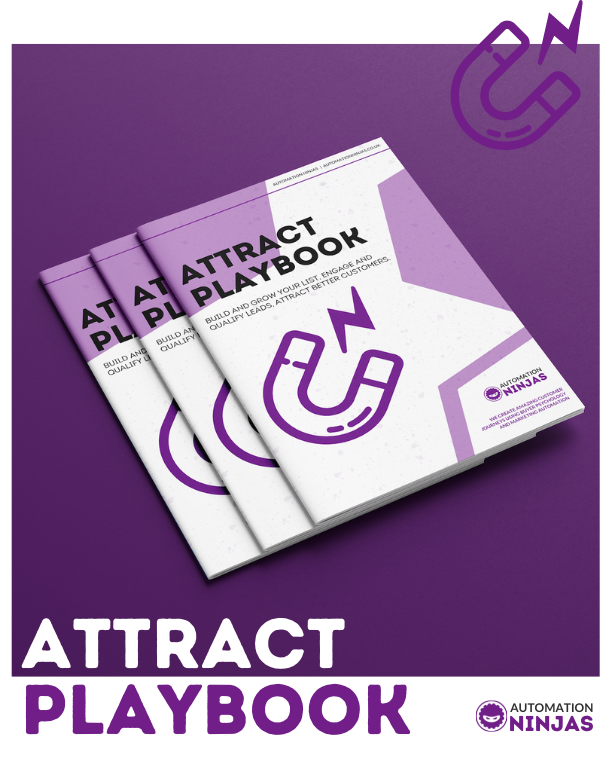We’ve got some great behavioural segmentation examples for you to use in your marketing.
It’s crucial that we segment by behaviour as it teaches us a lot about our leads, and allows us to better cater to them. If we pay attention to their behaviour, we can plan for it and even influence it.
Our goal as marketers is to provide the ultimate customer experience and make the journey to conversion a great one.
Doing this will help to increase the number of conversions, and customer lifetime value of each conversion.
So, let’s get into what behavioural segmentation is all about and get stuck into the three core examples of how you can apply it.

So many segments.... nice 🙂
Every day we use behavioural segmentation to interact with the people around us.
Let’s say you walk into a bar. There’s a group of your oldest friends, there’s the quiet bartender and there’s an aggressive stranger.
Would you greet the aggressive stranger with the same enthusiasm as your old friends?
Would you treat the bartender with the same wariness as you did the aggressive person?
And would you treat your friends with the same formality you do the bartender?
No, you wouldn’t. This is behavioural segmentation at its most raw form. And while the scenario will be different - unless maybe you run a bar - we can use a similar tactic for our marketing.
Behavioural Segmentation vs Demographic Segmentation
In marketing, when we speak about segmentation, most people think of demographic segmentation. This is your personal data on a contact, such as age, sex, location and area of business.
Most people will use demographic segmentation at one point or another. It’s a great insight into what type of customers you are attracting. But this doesn’t tell you much about the finer details.
For example: Maybe you run an arts and crafts business.
Customer A is 22, male and works in aerospace engineering. That’s all fine and well. But what is he interested in? Is he a watercolour artist or is he attracted to the engineering of needle crafts?
Demographic data doesn’t give us this deep level of information. And this is why we need behavioural segmentation.
Looking at the behavioural segmentation of Customer A, we realise he’s read lots of blogs about acrylic paints. He’s downloaded an acrylic painting lead magnet and he’s even clicked through to your acrylic paint products.
Now this is information you can use, both to help Customer A with his next steps and to help you get a sale. Winner!
Related content: What is customer profiling? & What is customer segmentation?
Things you’ll need to use Behavioural Segmentation effectively
Before we get into the details of what you can track with behavioural segmentation, you will need to have a few things in place:
- A strong content bank (or at least a robust content plan) - know what content you have and have these categorised.
- Clearly defined products/services - again, have these categorised and cross-referenced against related content.
- Marketing automation software - to use tags, lists and custom fields to segment your audience.
- An understanding of customer categories - You need to know the difference between prospects, leads, new customers and novice customers.
(Need help with this? We’ve identified 13 types of customers in this blog)
Got all of the above? Let’s get to it then!
Want help attracting the right leads to your business? Download our Attract Playbook for a step-by-step guide of what you need to set up for targeting and attracting awesome potential customers!

3 Behavioural Segmentation Examples for your Business
1 - Content interaction
Interacting with your content (such as blogs and lead magnets) is often the very first thing a prospective customer will do. It may even be how they found out about you in the first place.
If you have categorised your content clearly, you know that you have particular content covering specific topics. And if a prospect has interacted with lots of content covering topic A, you now know where their pain point is.
Like with our paint and craft business example. Customer A interacted with lots of acrylic paint blogs and lead magnets. We now know where his pain-point is. So we may wish to use this to recommend further reading or certain products.
This behavioural segmentation example will best suit…
All businesses AS LONG AS you have strong blog content covering different topics. And importantly, you specifically know what categories each piece of content relates to. If your blog only covers one topic, you’re only going to have one segment - which counters the reason you’re reading this blog in the first place 🙂
2 - Email engagement
Another common behavioural segmentation is email engagement. This relates to the open and click rates of your emails, in relation to a specific contact.
For example, if you send out a weekly newsletter, it will no doubt contain many links to your own content as well as that of others (or it should anyway…).
If a prospect is highly engaged with your newsletter, you know they’re a keen-bean for what you create and your level of expertise. You can segment the items they continually interact with and use this for future communication.
You should apply this to any emails you send out. This behavioural segmentation works incredibly well with long term and short term nurture campaigns.
This behavioural segmentation example will best suit…
All businesses, assuming you use email marketing on a regular basis. Sales emails are part of this but nurture is equally - if not more - important.
3 - Product interaction
If people are interacting with anything related to your products, you should be tracking this. It’s a gold-mine.
Often, prospective customers will visit a product page more than once before deciding to make a purchase. If you know a prospect has behaved like this, you have an opportunity to reach out. Maybe offer them the buyers guide, a call to let them ask questions, or offer a discount?
How you approach this is entirely up to you (knowing their awareness stage is helpful too), but this is an important behavioural segmentation to get on board with.
This behavioural segmentation example will best suit…
All business types. The way you respond to an individuals behaviour will be different depending on if you are B2B, B2C or eCommerce.
Final tips for Behavioural Segmentation
- You don’t need to tackle every behaviour when you first start out! Pick a few that you can utilise for your business. You can build from there.
- Use tagging. This is the ultimate way to track behaviour and use it for segmentation. Different automation platforms may use different terms for tagging, but the premise is the same.
- I said it earlier, and I’ll say it again. You need to be clear on your content and your products/services for behavioural segmentation to work. Spend time organising all your bits and pieces into categories and getting to know your buyer personas before jumping into behavioural segmentation.
We work with companies to help them increase the efficiency of their automation, making it work harder for them - enriching your conversion rates and engagement through progressive profiling.
If you are interested in learning more, get in touch. We'll reach out to book an initial call with you to figure out what you need!

